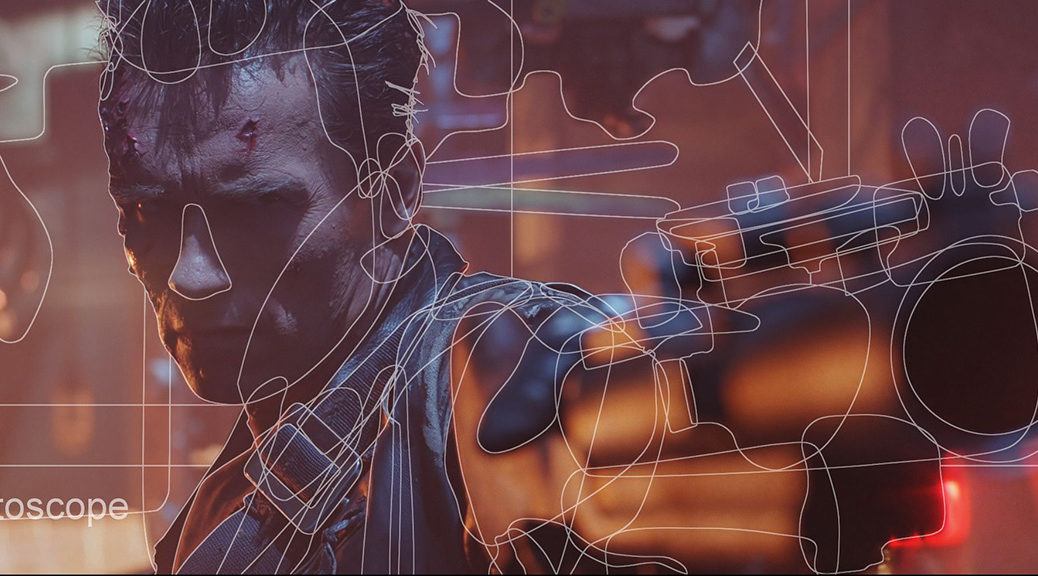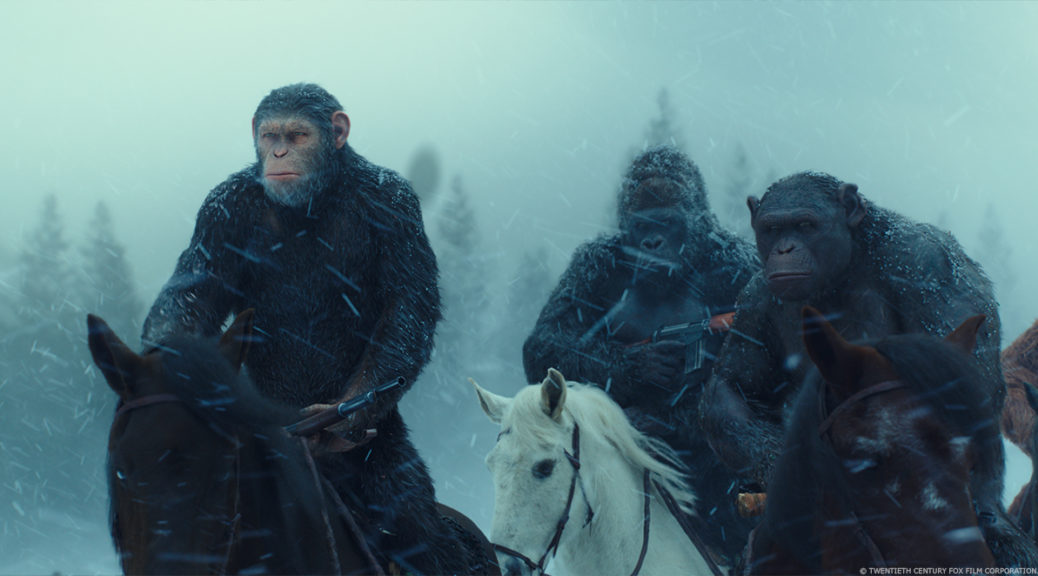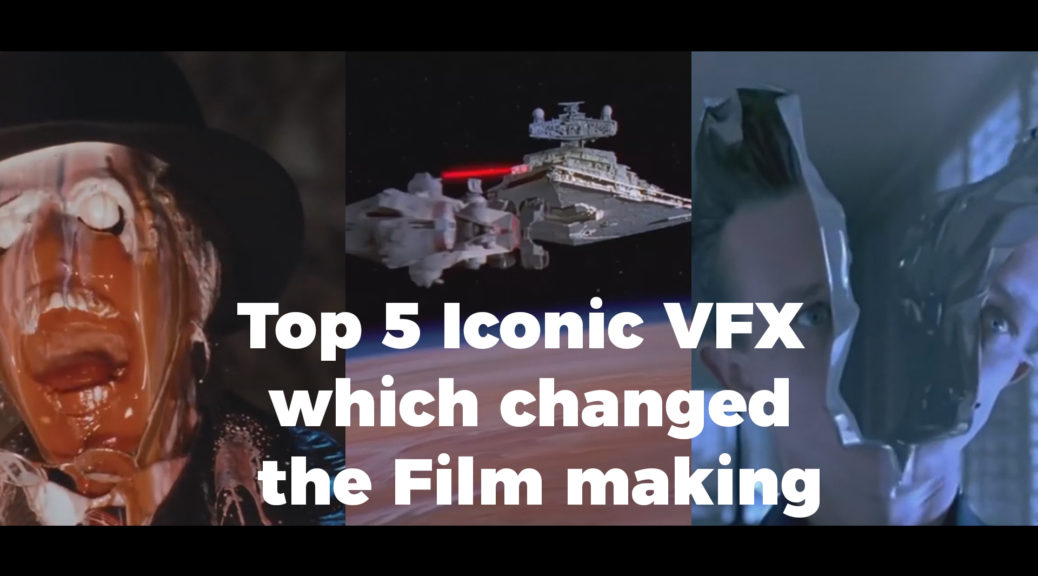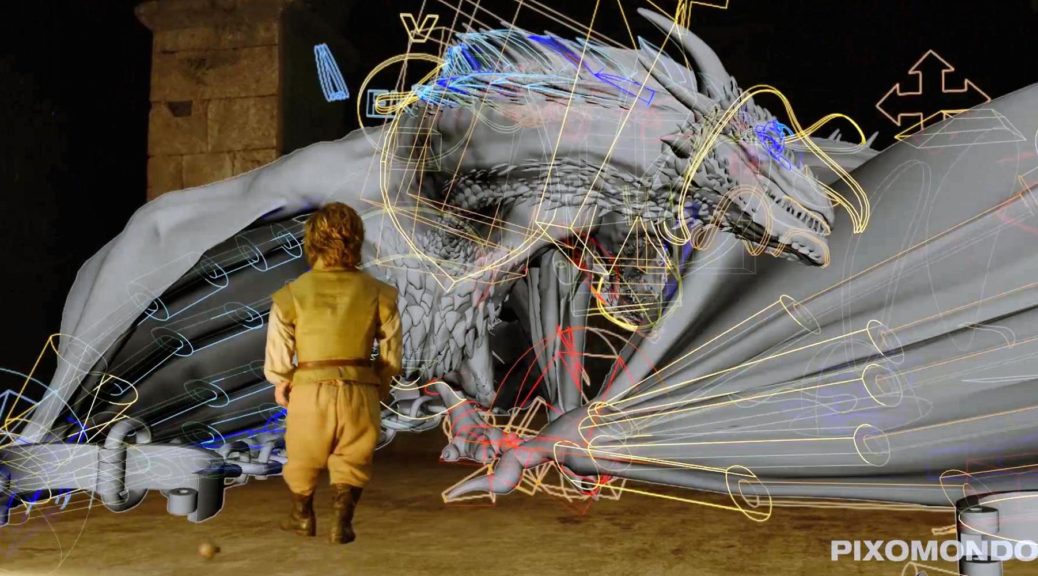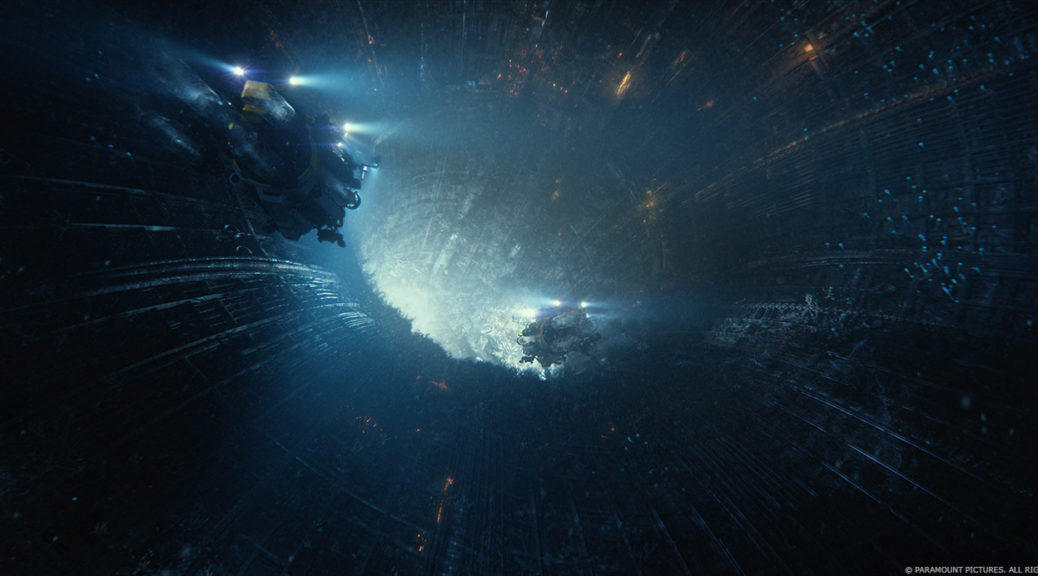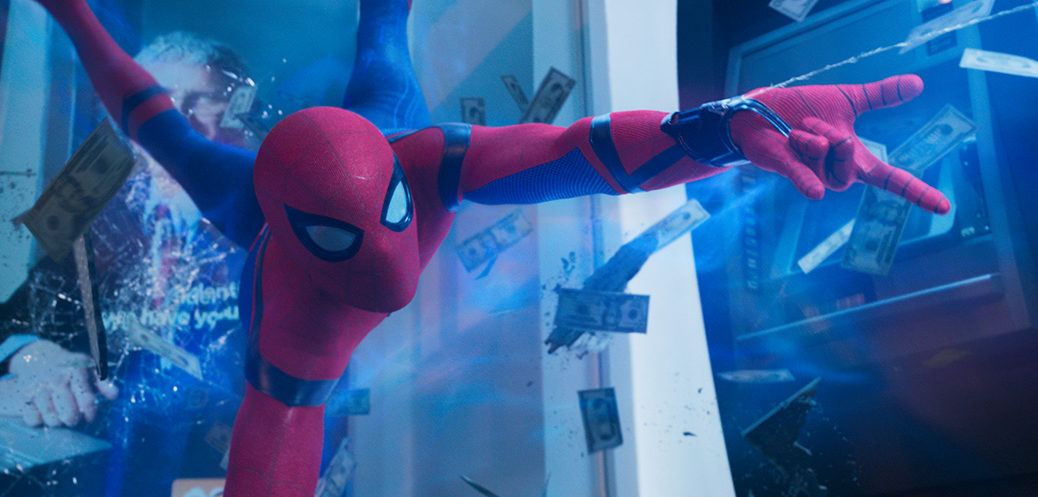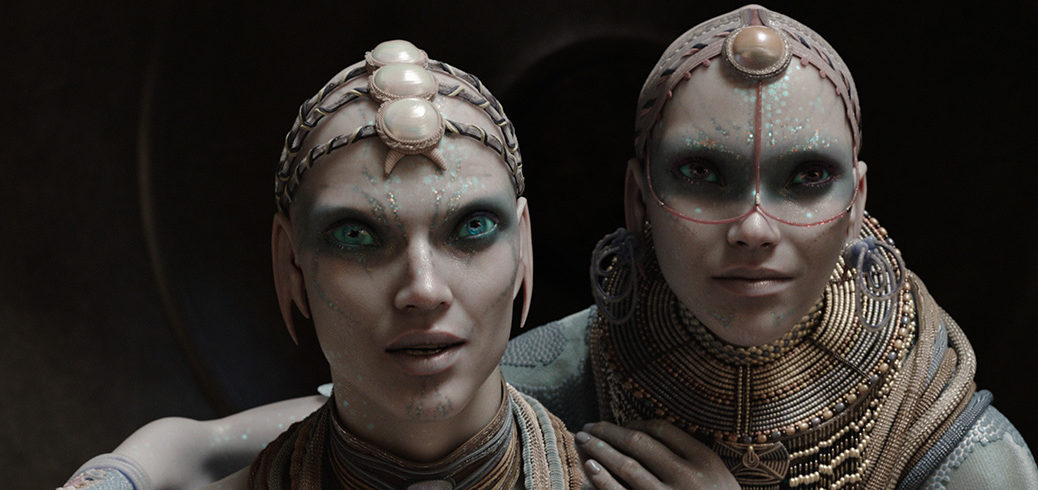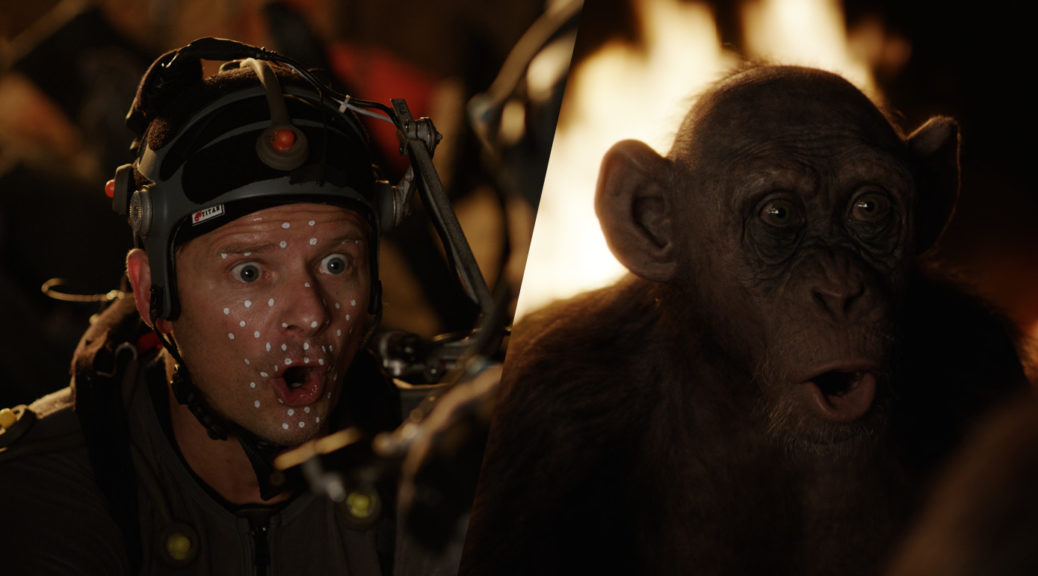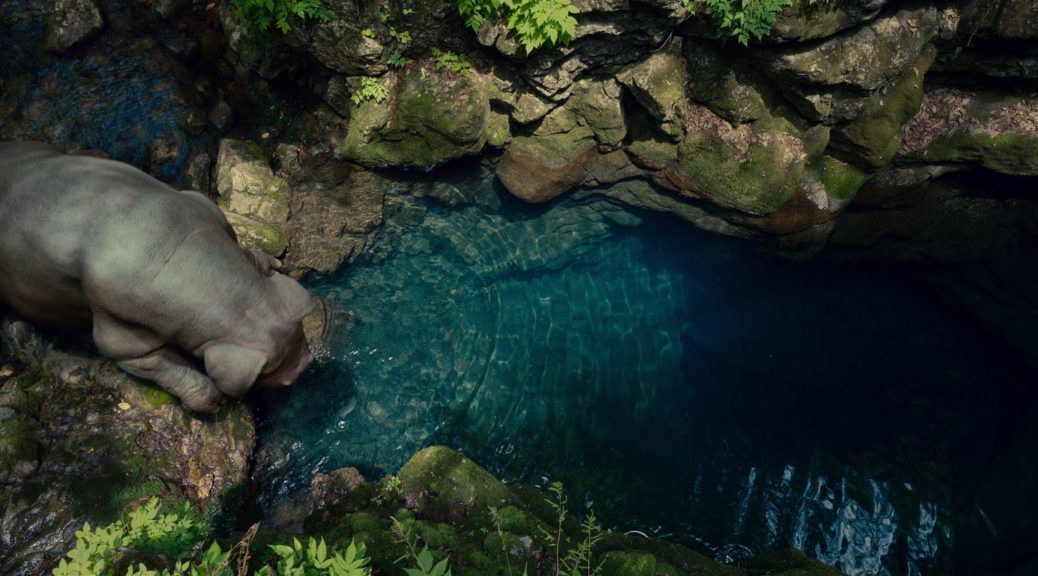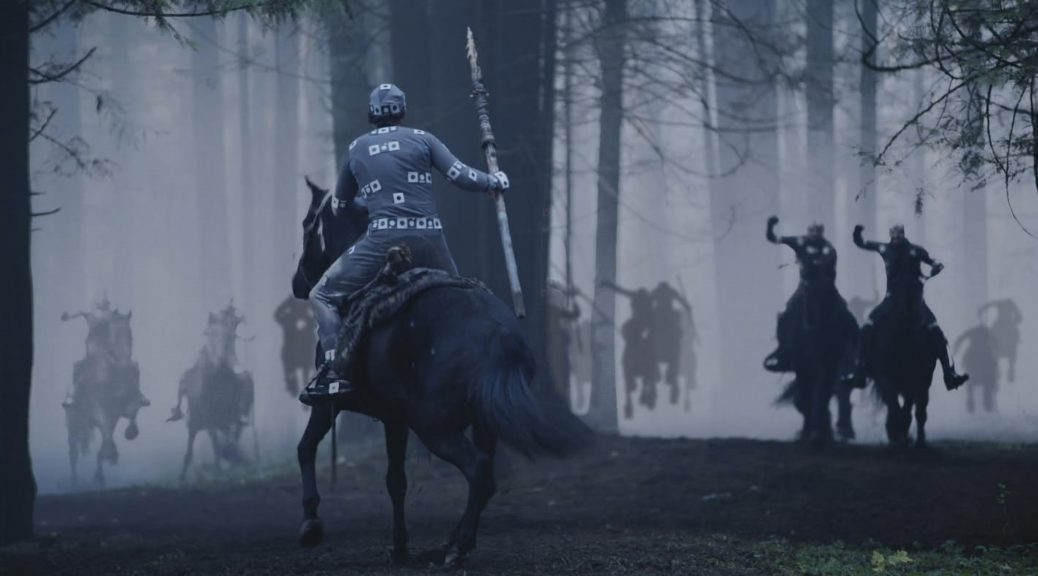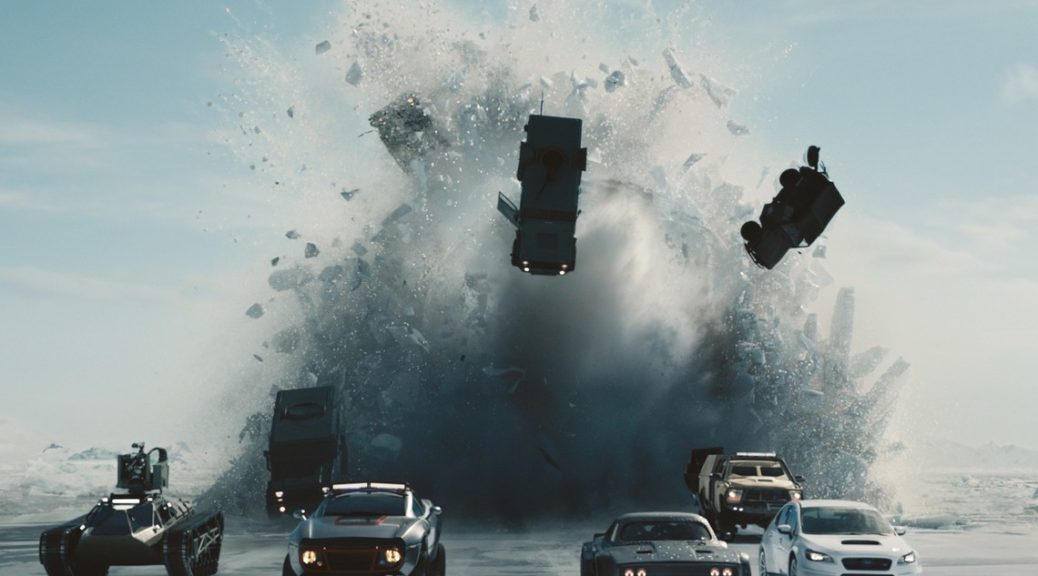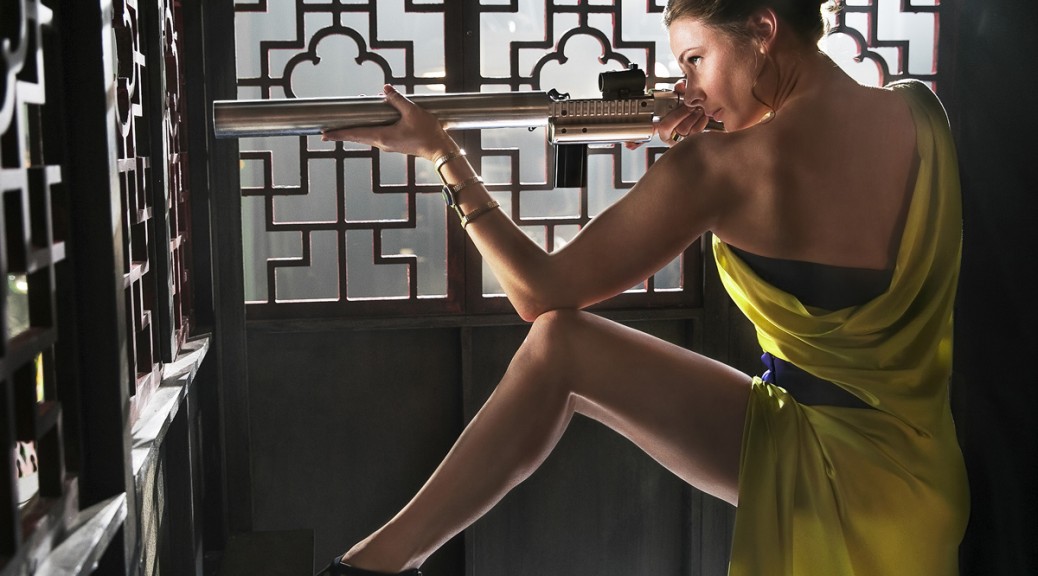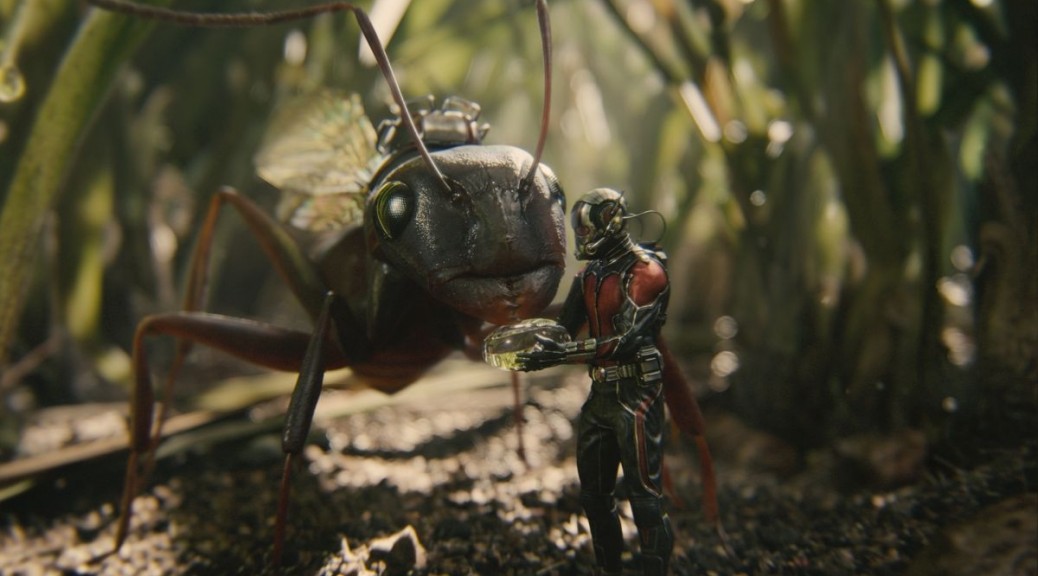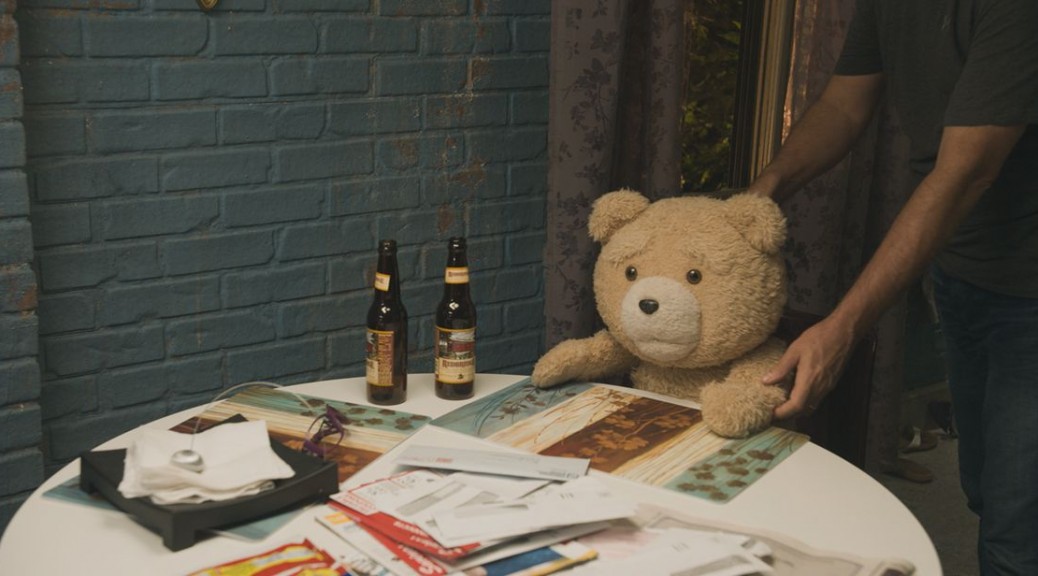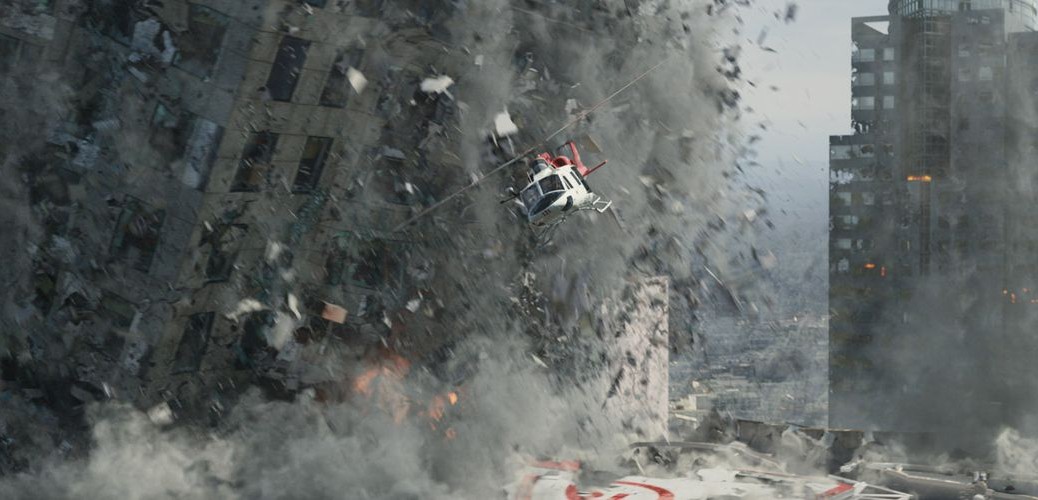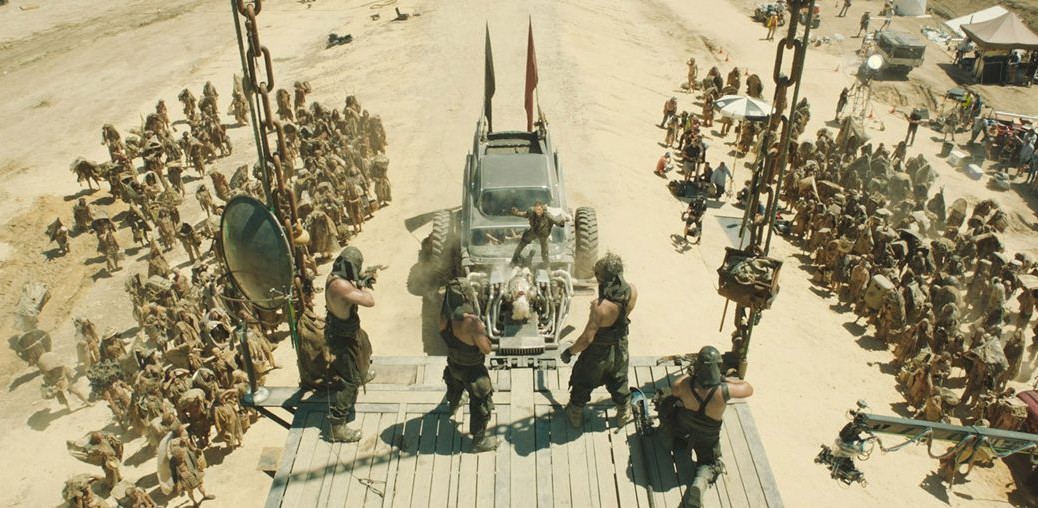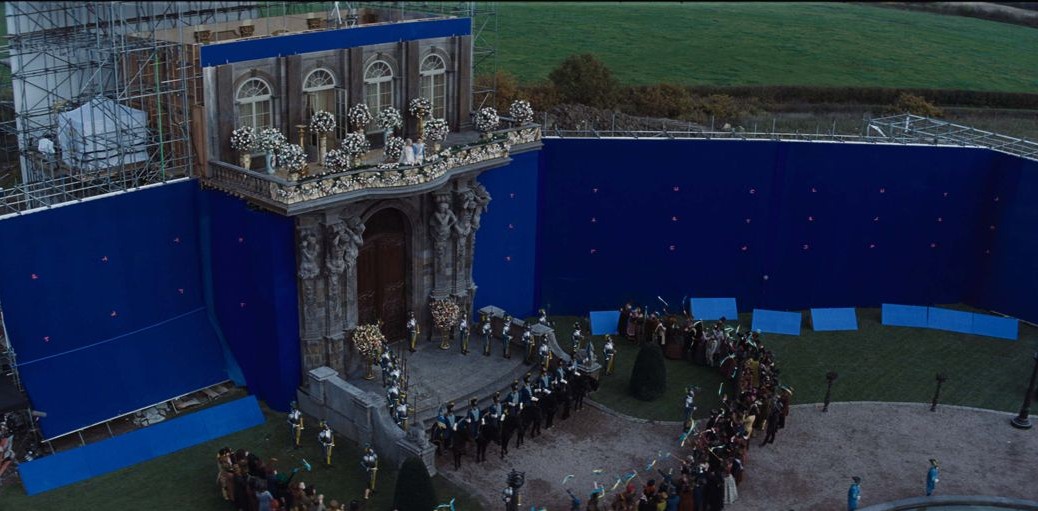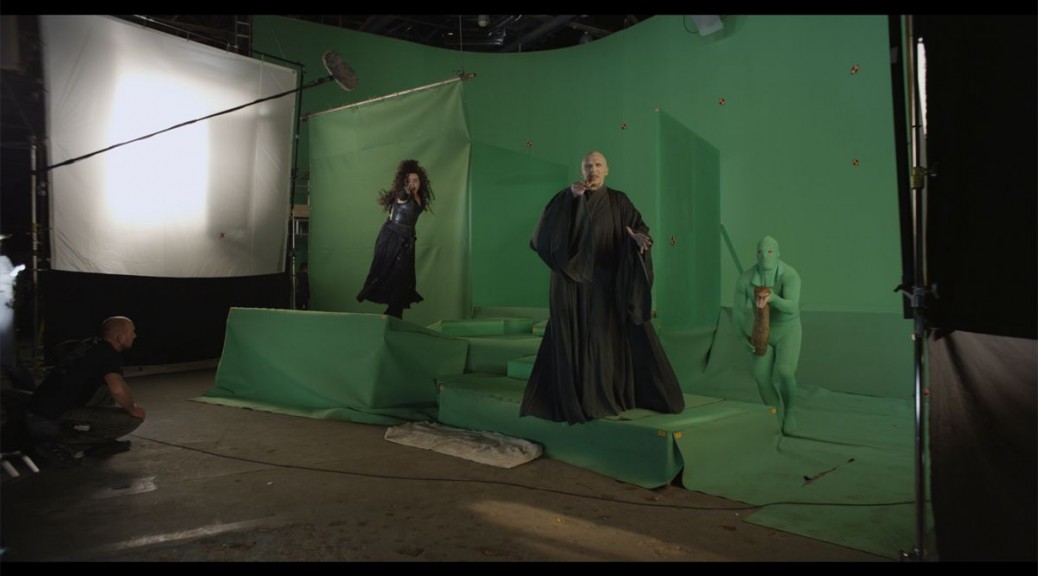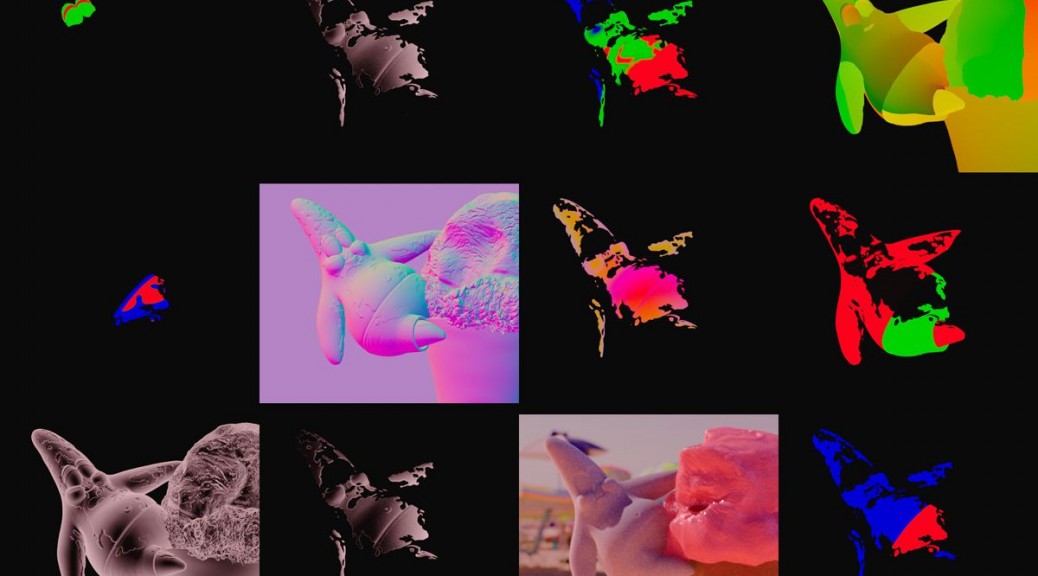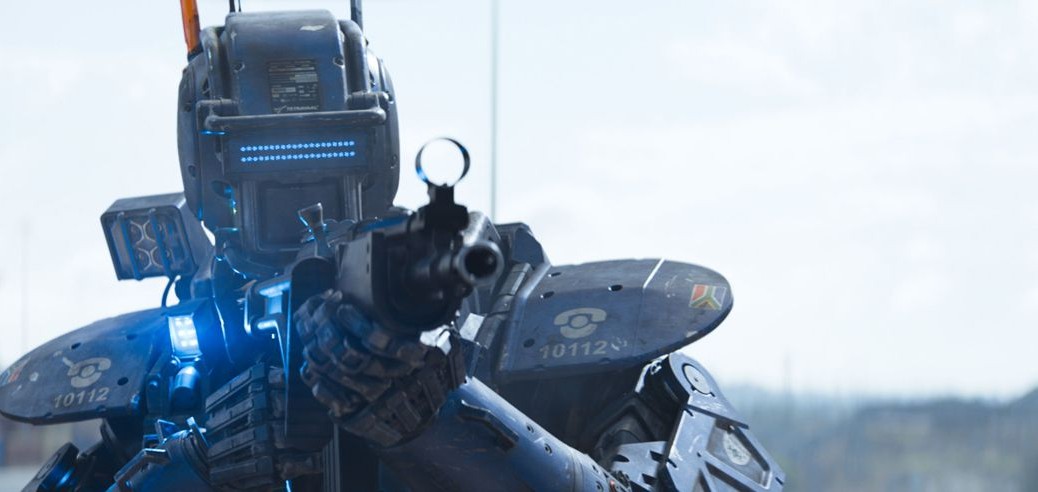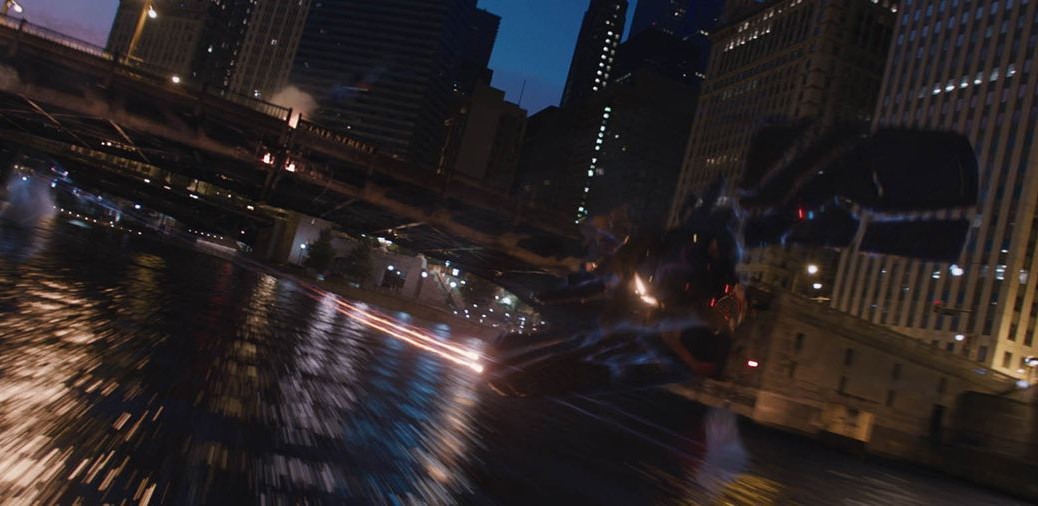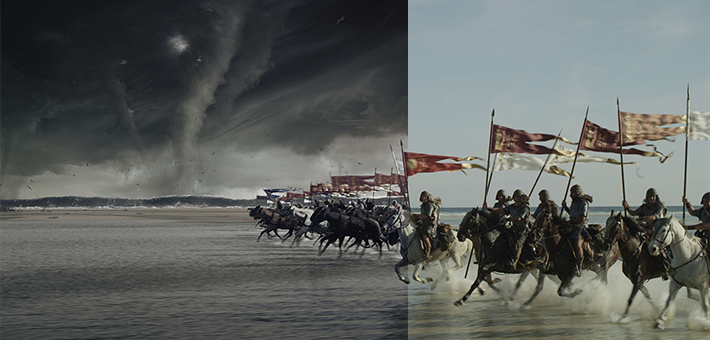Category Archives: ARTICLE – MAKING OF – MOVIES
WAR FOR THE PLANET OF THE APES: ERIK WINQUIST – VFX SUPERVISOR – WETA DIGITAL
TOP 5 ICONIC VFX WHICH CHANGED THE FILM MAKING
How the fire-breathing dragons on ‘Game of Thrones’ are made
VALERIAN AND THE CITY OF A THOUSAND PLANETS: SCOTT STOKDYK (OVERALL VFX SUPERVISOR) AND SOPHIE LECLERC (VFX PRODUCER)
TRANSFORMERS – THE LAST KNIGHT: SHELDON STOPSACK – VFX SUPERVISOR – MPC
LUMA AMPS UP THE ATM ACTION IN SPIDER-MAN: HOMECOMING
THE PEARL: THE SUPER ALIEN MODELS OF VALERIAN
WAR FOR THE PLANET OF THE APES: BUILDING BAD APE
Spider-Man : by Sea and by Air
Having a Pig of a Time
Halon Previs War for the Planet of the Apes at Comic-Con
DIGITAL DOMAIN – FATE OF THE FURIOUS
Hold on! The VFX of Rogue Nation
In previous Mission: Impossible efforts, Tom Cruise has scaled the Burj Khalifa in Dubai, free-climbed the Niagara Escarpment in Ontario and jumped off a Shanghai skyscraper. The actor, famous for doing his own stunts, again ups the ante in Rogue Nation by grasping onto the outside of a Airbus A400M as it takes off. Not only that, Cruise rides 100 miles an hour on a motorbike – with no helmet – and performs his fair share of stunts and jumps from great heights and even for long periods underwater.
Method Studios Comes Up Big by Going Small on ‘Ant-Man’
On Marvel Studios’ latest superhero feature, Ant-Man, Method Studios, led by visual effects supervisor Greg Steele, was charged with populating the film’s macro world with insects imbued with personality while maintaining a photorealistic look. “The Marvel creatives were nervous of people being turned off by the ants. What we wanted to do was give the insects more of a visual appeal,” notes Steele. “The first thing to go were all of the nasty thorny hairs all over the ant’s body, which were replaced with peach fuzz. Next were their mannerisms and how they moved. We did a range of tests early on when developing the vignettes. When Ant-Man is shown at small scale, time slows down so that the ants don’t appear too frenetic. We treated them almost like puppy dogs. The cute behaviour went over well.”
Ant-Man: Marvel’s heist film
Macro photography, digital youthefication, hordes of ants and…Thomas the Tank Engine – these were just some of the visual effects challenges faced by the filmmakers in bringing Marvel’s newest cinematic universe film, Peyton Reed’s Ant-Man, to the screen.
Almost more than you can bear: the VFX of Ted 2
Seth MacFarlane’s 2012 hit Ted resonated highly with film audiences, who not only witnessed a story about a real live – and subversive – teddy bear, but also one that featured a completely computer generated, albeit infused with the often motion captured performance of MacFarlane himself. The CG bear in the first film was realized also thanks to the combined efforts of Tippett Studio and Iloura, overseen by visual effects supervisor Blair Clark. For Ted 2, in which Ted and his new bride Tami-Lynn want to have a baby but must first prove he’s a person, that same visual effects team returned to once again bring the character to life.
Surviving San Andreas
Brad Peyton’s disaster flick San Andreas recounts the efforts of a rescue helicopter pilot, Ray Gaines (Dwayne Johnson), who must rescue his estranged wife, Emma (Carla Gugino), and their daughter Blake (Alexandra Daddario) after a series of major earthquakes and aftershocks rattle Los Angeles and San Francisco from a heretofore unknown fault line. Under visual effects supervisor Colin Strause and visual effects producer Randy Starr, a host of vendors staged widespread destruction and carnage and even a tsunami through several locations. fxguide finds out the ‘How To’ behind some of the film’s biggest effects.
A Graphic Tale: The Visual Effects of Mad Max: Fury Road
When George Miller looked to return to the world of Mad Max with his new Fury Road, the director began a lengthy development period that saw several false starts but ultimately culminated in a six-month long shoot in the Namibian desert. Here, DOP John Seale would use multiple digital cameras to capture incredible practical stunts with more than 150 vehicles conceived by production designer Colin Gibson, then rigged, driven and crashed thanks to the efforts of key crew including special effects supervisors Andy Williams and Dan Oliver and supervising stunt co-ordinator Guy Norris.
Far from fable: Cinderella
Kenneth Branagh’s Cinderella is a lush re-imagining of the classic fairytale and of Disney’s own 1950 animated feature. In this detailed Q&A, overall visual effects supervisor Charley Henley discusses the elaborate work conducted for the film – principally by MPC – in bringing animals, environments and the famous carriage transformations to life.
Innovation and immersion: Escape from Gringotts
For decades, guests at Universal Studios Theme Parks have enjoyed an array of immersive ride films. From Back to the Future: The Ride to Terminator 2: 3-D Battle Across Time to Transformers: The Ride, each experience seems to up the ante on the use of motion simulators, large-scale imagery, stereo, high frame rates, stereoscopic projection, photorealistic animation and visual effects. Now, with Harry Potter and the Escape from Gringotts, that level of immersion has been increased yet again.
Since 2010, Universal’s design division, Universal Creative, had been developing designs for a new ride based on the Gringotts section of Harry Potter and the Deathly Hallows Part 2. Director Thierry Coup wanted the ride – which opened last July in The Wizarding World of Harry Potter Diagon Alley themed area at Universal Orlando resort – to take guests deep among Gringotts’ underground vaults via a roller coaster cart synchronized to enormous 3D projection screens. Here they would witness Harry, Ron and Hermione battling a fire-breathing dragon and escaping the wrath of Voldemort and Bellatrix.
The secrets behind SpongeBob’s live action scenes
The SpongeBob Movie: Sponge Out of Water has already raced to become the second highest box office performer for films released in 2015, behind only Fifty Shades of Grey (!!!). That stunning result speaks volumes about SpongeBob’s existing fan base, but also new converts who gravitated to the hybrid 2D/CGI film. Helping to realize director Paul Tibbitt’s vision for the film was Iloura, who combined 3D animated characters with live action backgrounds. We delve into the making of the CG characters and live action sequences with Iloura visual effects supervisor Glenn Melenhorst, with a special look behind the scenes of the Patrick Star ice-cream sequence.
The practical and digital tech behind Chappie
When director Neill Blomkamp seemingly burst onto the scene in 2009 with District 9, he had already demonstrated his deftness at making raw sci-fi with several short films. Tetra Vaal (2004), for instance, introduced a law enforcement robot amongst the slums of Johannesburg. With Chappie, Blomkamp returns to the style and feel of Tetra Vaal, while feeding into the mix the complications presented by artificial intelligence.
Shoot and stitch: making Jupiter Ascending’s Chicago chase
Much of the Wachowskis’ Jupiter Ascending takes place on alien worlds with vistas and creatures brought to life with complicated CG builds. But one scene, in which Jupiter (Mila Kunis) and Caine (Channing Tatum in antigravity boots) are pursued up and around the city of Chicago by alien ‘shadow’ spacecraft, required a more practical approach to shooting. Not only did the Wachowskis want to film the real actors and stunt doubles as much as possible, they also wanted to acquire real – and flexible – background plates.
EXODUS – GODS AND KINGS: Jessica Norman – VFX Supervisor – MPC
In 2013, Jessica Norman had explained in details the work of MPC on WORLD WAR Z, she is now back to talks about her work on the new film by Ridley Scott, EXODUS – GODS AND KINGS.
